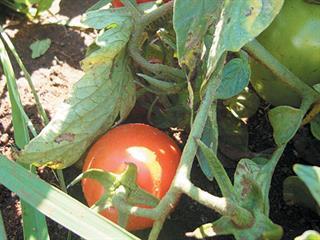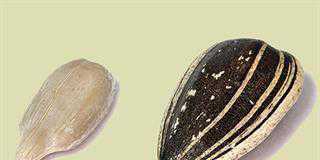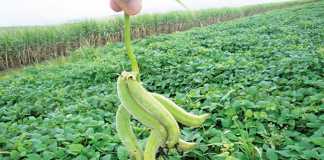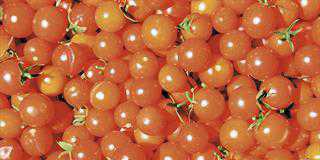
What type of fertiliser should you apply to your tomatoes, and how much should you use? The answer depends on the nutrients already in the soil, and this level varies from land to land and from year to year. To find out, you will need a soil analysis. This is often done free of charge by a fertiliser company if you buy its product. If you prefer, though, you can have the analysis carried out by an independent soil testing laboratory.
This will cost money, but will be well worth it, as it is almost certain to result in improved yield. If you do not have your soil analysed, you may end up wasting money by applying nutrients that are already sufficient in the soil and perhaps causing an imbalance in soil fertility. By under-fertilising, on the other hand, you will lose yield and potential income. If you grow tomatoes on a very small area and do not believe a soil analysis is justified, apply manure or 2:3:4 at about 600kg/ha.
Go easy on the nitrogen!
A common mistake is to apply too much nitrogen when the plants are still very young. The basic fertilisation should be enough for the plant to grow well for some time, unless you are planting in very sandy soil or have had a great deal of rain which may have leached nitrogen. The tomato plant uses very little nitrogen during the early stage. If you overdo it, the plant will put its energy into growing leaves and fruit set may be reduced.
The best approach is to apply nitrogen according to leaf colour and vigour. Small amounts will have a big impact in the early stages. You need to develop a healthy balance between fruit set and the number of leaves needed to feed the developing fruit.
Increase the nitrogen as the plant grows as it will then be large enough to use much more nitrogen. As a rule of thumb, recently transplanted plants should be medium green with fairly vigorous new growth.
At an advanced stage, when there’s a lot of fruit, you can apply more fertiliser to produce a darker leaf colour. Do not overdo it, however, as you may end up with softer fruit.
Potassium and boron
If the soil analysis shows that the potassium level is just adequate or slightly low, apply additional potassium as the fruit is growing. This will result in firm, better quality fruit. With boron, it’s better to be safe than sorry. Even if the boron level is sufficiently high, it’s a good idea to apply more, simply as a precaution. Spray Solubor at 1kg/ ha together with the fungicide.













